Why isolate signals in a control panel?
To disable power to any instruments or devices that are being supplied power from the control panel. When an instrument is not functioning properly or needs to be replaced, having the ability to isolate that one device without having to turn off power to the rest of the devices in the panel, and devices the panel is providing power to, is a very valuable tool.
Another reason why it is so important to have the ability to isolate your signals and power to different devices, is to be able to protect the sensitive equipment in the panel in the event of a short circuit or power surge.
How do you actually provide this signal and power isolation properly?
One method:
Simply using some type of fused protection on each signal. Using a fuse to both protect and isolate your signals is an inexpensive way to provide the operators with the flexibility they need to troubleshoot equipment without affecting everything in the panel. By fusing every signal that enters the control panel we are both providing isolation to the device from any power coming from the panel, as well as the added fused protection to our sensitive equipment. It is a good idea to use a terminal block that has a removable fuse holder of some kind. It is also important to make sure that your fuses are sized correctly for the devices they are intended to protect. It is also a good idea to add a secondary level of fuse protection for sections of IO in your panel.
This is just one way, of many, to provide valuable and safe signal and power isolation that can improve safety and operational efficiency.
Transcript
[0m:4s] Hi I'm Josh Bloom, welcome to another video in the RSP Supply education series. If you find that these videos are helpful to you, it certainly helps us out if you could give us a big thumbs up and subscribe to our channel.
[0m:15s] In today's video we want to talk to you a bit about the different signals that come in and out of many different control panels.
[0m:23s] More specifically, we want to discuss some best practices when assembling any control panel and why it is so important to be able to isolate signals and power coming to and from that panel.
[0m:37s] There are many different methods that can be taken to isolate signals. Today we are going to focus on a very simple method that allows for a more safe operating environment and increases operating efficiency.
[0m:51s] Keep in mind, this is just one method of many that can be used for this type of operation.
[0m:57s] So why is it important to be able to isolate a signal and power from a control panel? There are a few main reasons that make this critical to the operations of a control panel, especially when working in the field.
[1m:11s] First and foremost, it is important to be able to disable power to any instruments or devices that are being supplied power from that control panel.
[1m:21s] By being able to disable power, you give any operators working in the area the ability to safely work on an instrument or device without any concern of getting shocked or affecting other signals or hardware in the panel. When an instrument is not functioning properly or needs to be replaced, having the ability to isolate that one device without having to turn off power to the rest of the devices in the panel and devices the panel is providing power to is a very valuable tool.
[1m:52s] Another reason why it is so important to have the ability to isolate your signals and power to different devices is to be able to protect the sensitive equipment in the panel in the event of a short circuit or power surge.
[2m:6s] Without the proper isolation hardware, this type of event can damage your PLC or other equipment which can cost time and money.
[2m:15s] So now that we know a few reasons why it is important to isolate signals and power to different devices, we now need to answer the question: how do we actually provide this signal and power isolation properly? As I mentioned before, there are several methods that can provide isolation and protection ranging from using signal protection devices to simply installing a disconnect in series with the device needing isolation. Today we will focus on one method that we commonly use that is both easy to implement and very effective in most cases: simply using some type of fuse protection on each signal.
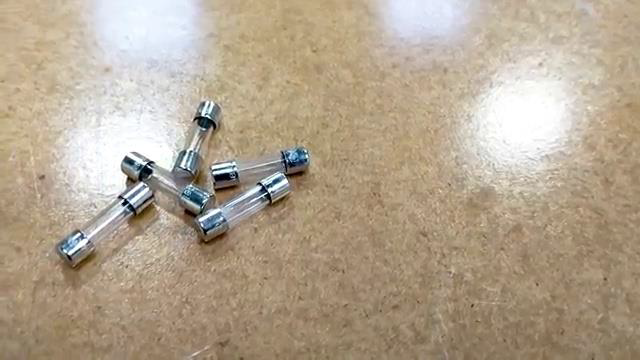
[2m:55s] Using a fuse to both protect and isolate your signals is an inexpensive way to provide the operators with the flexibility they need to troubleshoot equipment without affecting everything in the panel.
[3m:7s] By fusing every signal that enters the control panel, we are both providing isolation to the device from any power coming from the panel as well as the added fuse protection to our sensitive equipment.

[3m:21s] It is a good idea to use a terminal block that has a removable fuse holder of some kind. This functionality allows operators to use the fuse block as a disconnect when it is needed without the need to completely remove the fuse every time they need to work with a connected panel device.
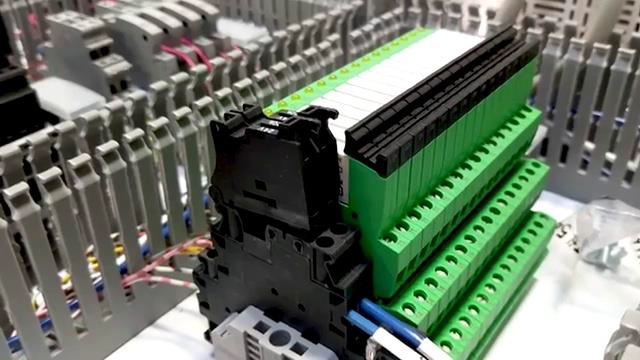
[3m:40s] We commonly use a knife fuse disconnect as well as a pluggable fuse disconnect from Phoenix Contact for this purpose.
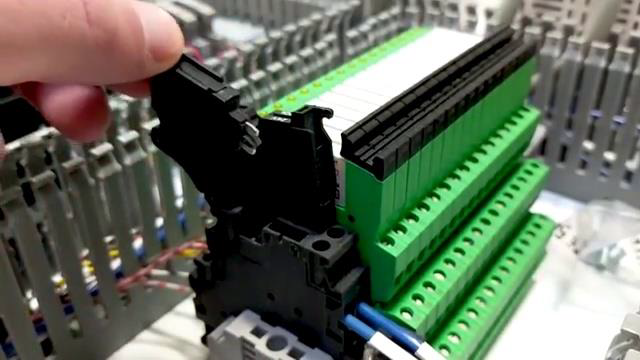
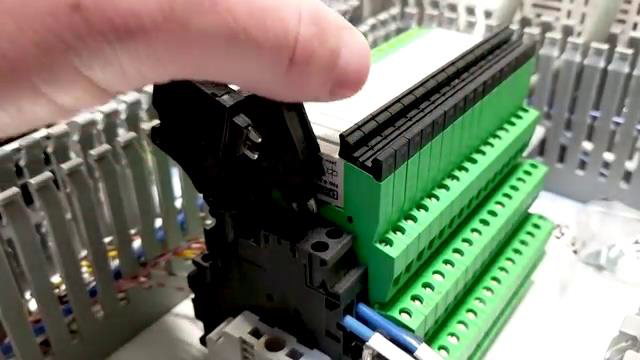
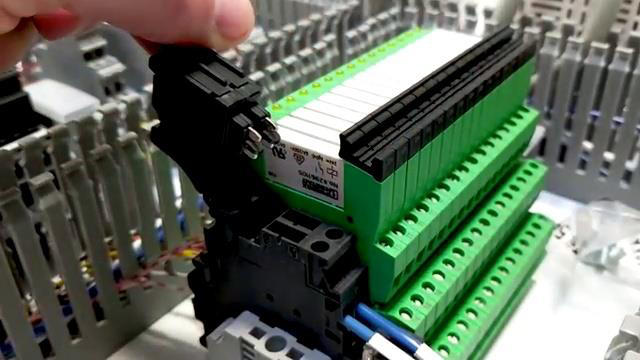
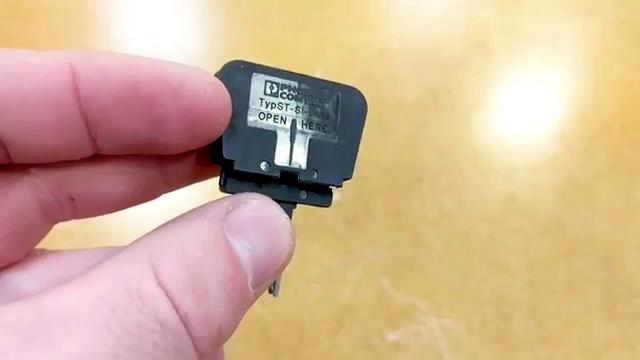

[3m:49s] It is also important to make sure that your fuses are sized correctly for the devices that they are intended to protect.
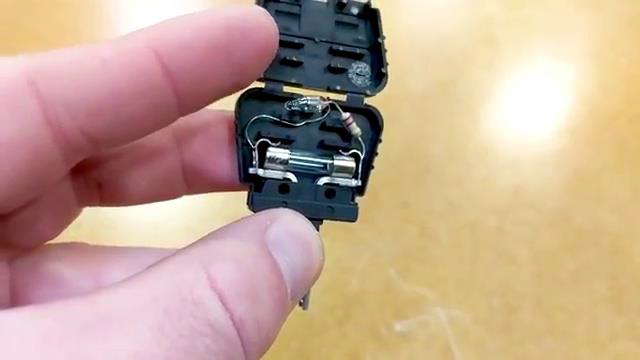
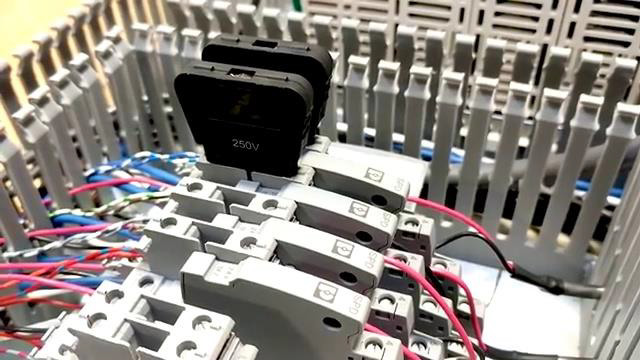
[3m:56s] Understand the power that is required by each device to better understand the fuses needed for each signal.
[4m:3s] If fuses are not sized properly, you leave the potential for damaging power surges or short circuits to ruin expensive hardware in your panel, not to mention the increased danger level this could potentially present.
[4m:18s] It is also a good idea to add a secondary level of fuse protection for sections of IO in your panel.
[4m:25s] This would mean that you would isolate somewhere between 4 and 16 signals as an added layer of protection and isolation in the panel.
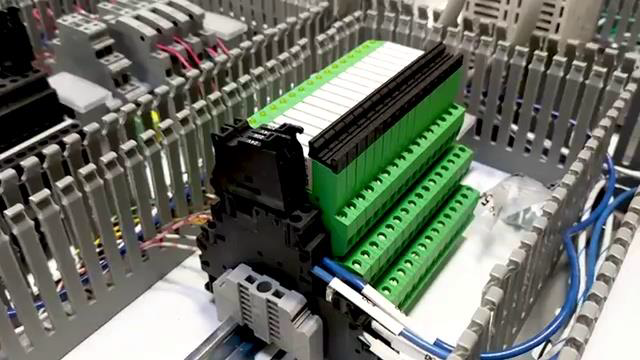
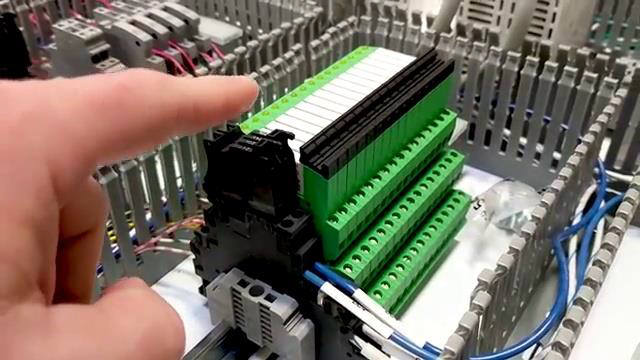
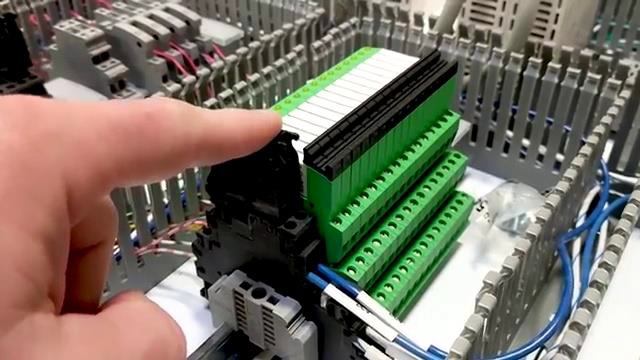
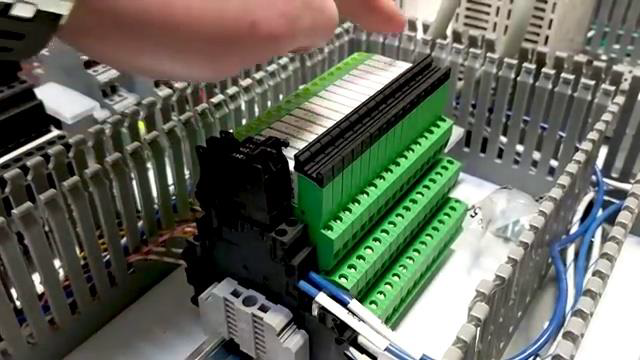
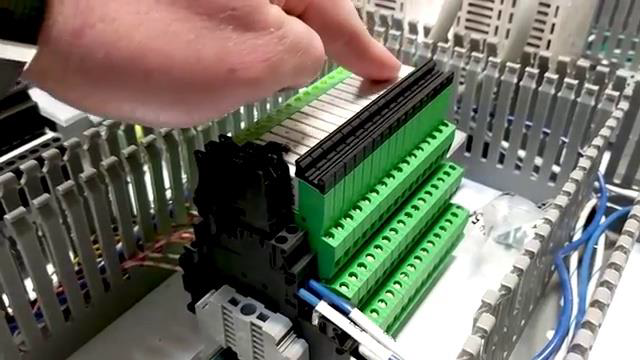
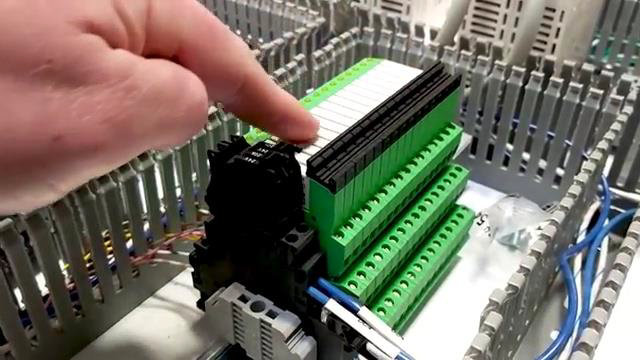
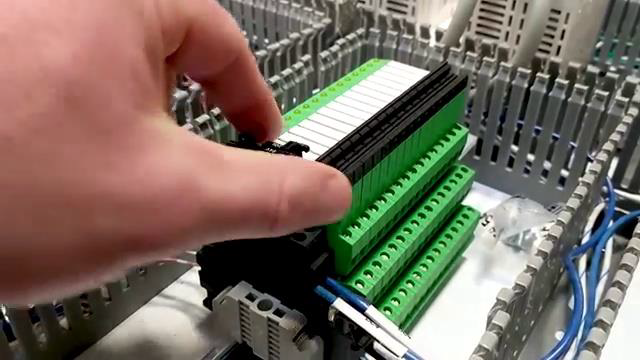
[4m:34s] This amount of redundancy is best practice to ensure that operators are kept safe and can work without any fear of hurting themselves or others, or damaging sensitive equipment.
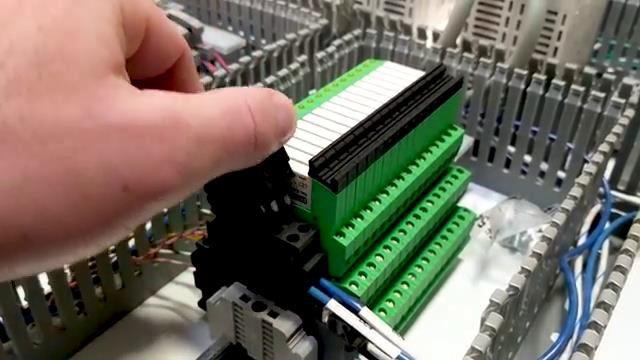
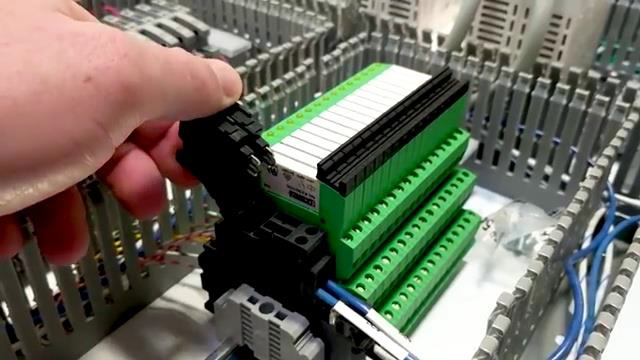
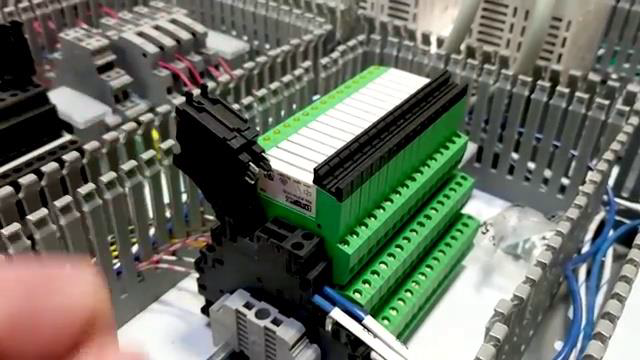
[4m:46s] As mentioned before, this is just one way of many to provide valuable and safe signal and power isolation that can improve safety and operational efficiency.
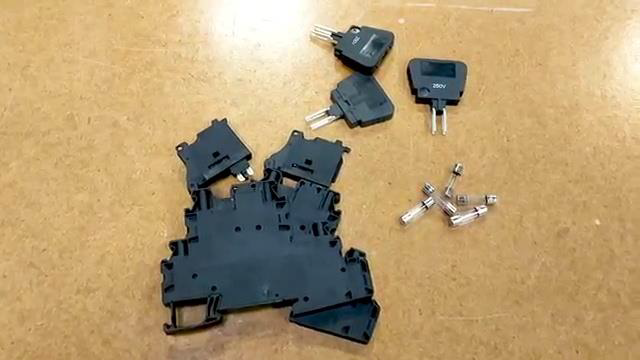
[4m:58s] For a full line of industrial hardware and thousands of other products, please go to our website. For more information or other educational videos, go to RSPSupply.com, the Internet's top source for industrial hardware. Also, don't forget: like and subscribe.




